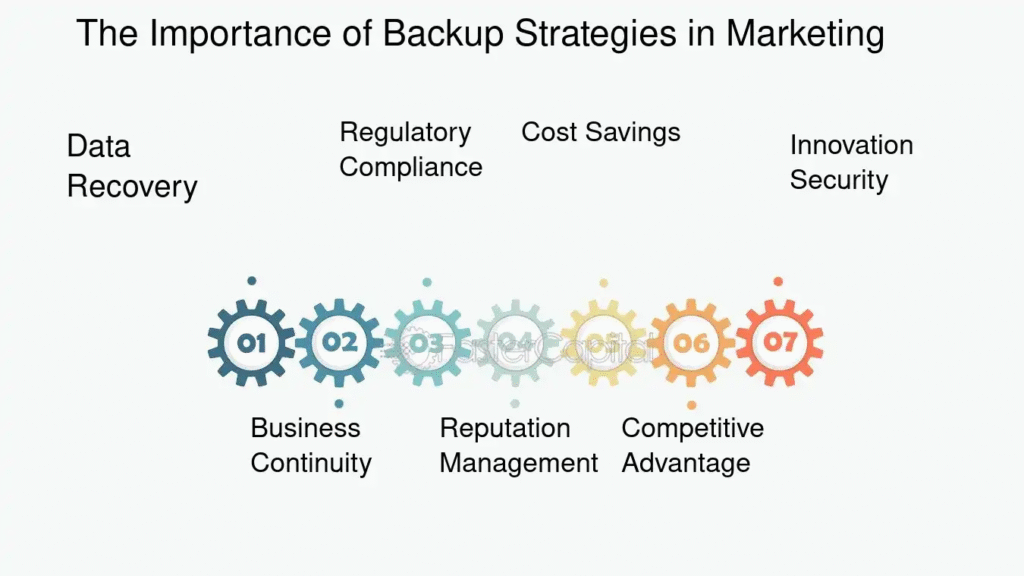Disaster Recovery and Backup: How Data Management Saves the Day

In today’s digital-first world, the unexpected can happen at any time. Cyberattacks, hardware failures, natural disasters, or even human errors can lead to data loss, and in these critical moments, disaster recovery and backup systems become the lifeline that saves businesses. However, the effectiveness of these systems is heavily dependent on proper data management practices.
Data management ensures that businesses not only have reliable backup solutions in place but also have the necessary processes to quickly restore data, ensuring minimal disruption and business continuity. In the absence of a sound data management strategy, companies are at risk of losing valuable information, damaging their reputation, or facing financial penalties.
🛡️ What is Disaster Recovery and Backup?
Disaster recovery (DR) is the strategy and processes used to restore data and IT systems after a disaster or disruption. It ensures that businesses can recover quickly from unforeseen events, minimizing downtime and data loss.
Backup refers to creating copies of critical data and storing them in secure locations. These backups can be used to restore data in the event of an incident, ensuring that important files and applications are not permanently lost.
🔑 How Data Management Ensures Effective Disaster Recovery and Backup
✅ 1. Regular Backup Scheduling
A sound data management plan ensures that backups are taken regularly—whether daily, weekly, or at another frequency suited to business needs. Automated backup systems ensure that data is captured at predefined intervals, preventing gaps in data protection.
💻 2. Organized Data Storage
Proper data management ensures that data is organized and stored in a way that makes it easy to retrieve during a disaster. Structured data storage and clear labeling ensure that backups are not just reliable but accessible when time is critical.
🔄 3. Version Control
Data management involves implementing version control systems, which track the different versions of files. This feature ensures that businesses can revert to a previous working version of data if recent changes are lost or corrupted during a disaster.
🗂️ 4. Automated Backups
Automated backup solutions integrated into data management workflows ensure that backups are taken without human intervention. This removes the risk of manual errors, guaranteeing that backups occur regularly and without fail.
🔐 5. Data Security in Backup
Effective data management ensures that backups are not only readily available but also secure. Encryption and access control measures protect sensitive data, ensuring that backups cannot be tampered with, even if the backup storage is compromised.
⏱️ 6. Minimizing Downtime with Fast Restoration
With well-managed data, businesses can restore operations faster after a disaster. Clear data retrieval procedures and disaster recovery protocols enable businesses to resume operations swiftly, reducing downtime and the negative impacts of the disaster.
⚠️ The Risks of Poor Data Management for Disaster Recovery
Without effective data management, businesses face increased risks during a disaster:
- Lost or incomplete backups: Poor data organization can lead to incomplete or outdated backup files.
- Slow recovery times: Disorganized backup systems can delay restoration efforts, prolonging downtime.
- Inconsistent data versions: Without proper versioning, data loss can result in reverting to incorrect or outdated versions of files.
- Vulnerabilities: Inadequate data security during backup may lead to data breaches or unauthorized access to sensitive information.
🚀 How i4 Tech Integrated Services Can Help
At i4 Tech Integrated Services, we help businesses establish robust disaster recovery plans by:
- Implementing automated backup systems
- Ensuring data organization and accessibility
- Setting up secure storage solutions for backups
- Creating fast recovery protocols for minimal downtime
- Training teams on disaster recovery best practices

